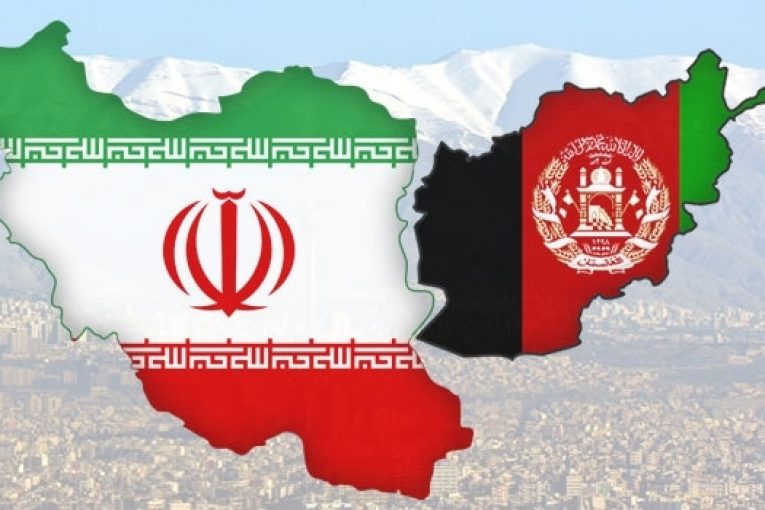
اعداد : د.حمدي سيد محمد محمود – باحث أكاديمي
- المركز الديمقراطي العربي
- مجلة مدارات إيرانية : العدد الرابع عشر كانون الأول – ديسمبر 2021 المجلد 4, دورية علمية محكمة تصدر عن المركز الديمقراطي العربي ألمانيا –برلين” .تعنى بالشأن الإيراني داخليا واقليميا ودوليا.
-
فصلنامه مدارات إيرانية فصلنامه أي علمي از طرف مركز دمكراسي عربي برلن منتشر مي شود.
للأطلاع على البحث “pdf” من خلال الرابط المرفق :-
المستخلص:
توجز هذه المقالة البحثية مستقبل العلاقة بين طهران وطالبان ومستقبل الشيعة الهزارة بأفغانستان، في إطار العديد من عوامل التأثير على تلك العلاقة، حيث يُثير الاختلاف المذهبي بين إيران الشيعية وحركة طالبان السنية؛ نوعًا من الاستغراب لمن يرصدون هذه العلاقة، وتكشف المقالة عن طبيعة العلاقات الوثيقة والمتنوعة لطهران مع العديد من الجماعات السياسية والعسكرية القوية في أفغانستان مما يعطيها نفوذاً خاصًا، ويتجسد هنا بشكل خاص في علاقة إيران مع طالبان التي تطورت منذ سنوات، بل إنها تحولت من حالة العداء التام إلى تعاون حقيقي لمواجهة الوجود العسكري الأمريكي في أفغانستان، بالإضافة إلى الالتزام الواضح بينهما لمحاربة داعش “ولاية خراسان” التي تكيل العداء للجميع، ويضاف إلى ذلك المصالح الجيوسياسية بين البلدين، حيث الحدود الممتدة من جهة الشرق، وما تجلبه معها من مشاكل تتعلق بتهريب المخدرات ونزوح اللاجئين والتداخل العرقي، حيث تقطن أقلية البلوش مقاطعة سيستان وبلوشستان الإيرانيتين، ويمتد وجودها إلى غرب أفغانستان، ولا ينتهي الأمر عند هذا الحد، بل يمتد ليشمل حجم كبير للتبادل التجاري له أهمية كبيرة للطرفين في ظل العزلة والحصار، وتشمل عوامل التأثير وجود مورد مائي بالغ الأهمية لإيران وهو نهر هلمند الذي ينحدر من جبال هندوكوش القريبة من كابول، ليصب في مستنقعات هلمند الإيرانية بالقرب من الحدود بين البلدين.
وتستشرف المقالة في ضوء هذه المعطيات رؤية مستقبلية تختلف تمامًا عن تلك التي كانت سائدة قبل عام 2001؛ تعكسها حجم التطورات التي شهدتها الساحة الأفغانية خلال العقدين الماضيين، تلك التطورات التي فرضت على الحركة إتباع أساليب أكثر مرونة في التعامل مع القضايا الشائكة، وعلى رأسها قضية الأقليات الدينية، كالشيعة الهزارة، حيث يُتوقع أن يتحقق لهم قدر لا بأس به من الحرية في ممارسة شعائرهم الدينية، وكذلك الحفاظ على أمنهم وممتلكاتهم.
Abstract
This research article summarizes the future of the relationship between Tehran and the Taliban and the future of the Hazara Shiites in Afghanistan, in the context of many factors influencing that relationship, as the sectarian difference between Shiite Iran and the Sunni Taliban movement raises; A kind of surprise for those who monitor this relationship, and the article reveals the nature of the close and diverse relations of Tehran with many of the powerful political and military groups in Afghanistan, which gives it special influence, and is embodied here in particular in the relationship of Iran with the Taliban, which developed years ago. Rather, it has shifted from a state of complete hostility to real cooperation to confront the American military presence in Afghanistan, in addition to the clear commitment between them to fight ISIS “the Khorasan Province” which is hostile to all, in addition to the geopolitical interests between the two countries, where the borders extend from the east, and what it brings with it From problems related to drug smuggling, refugee displacement and ethnic ethnic composition, where the Baluch minority resides in the Iranian province of Sistan and Baluchistan, and its presence extends to western Afghanistan, and the matter does not end there, but extends to include a large volume of trade exchange of great importance to both parties in light of isolation and siege, and factors include Impact The presence of a very important water resource for Iran, which is the Helmand River, which descends from the Hindu Kush mountains near Kabul, and flows into the Iranian swamps of Helmand near the border between the two countries.
In light of these data, the article foresees a future vision that is completely different from the one that prevailed before 2001; Reflected by the size of the developments in the Afghan arena during the past two decades, those developments that imposed on the movement to follow more flexible methods in dealing with thorny issues, especially the issue of religious minorities, such as the Hazara Shiites, where it is expected that they will achieve a fair amount of freedom in practicing their rituals religious, as well as preserving their security and property.
